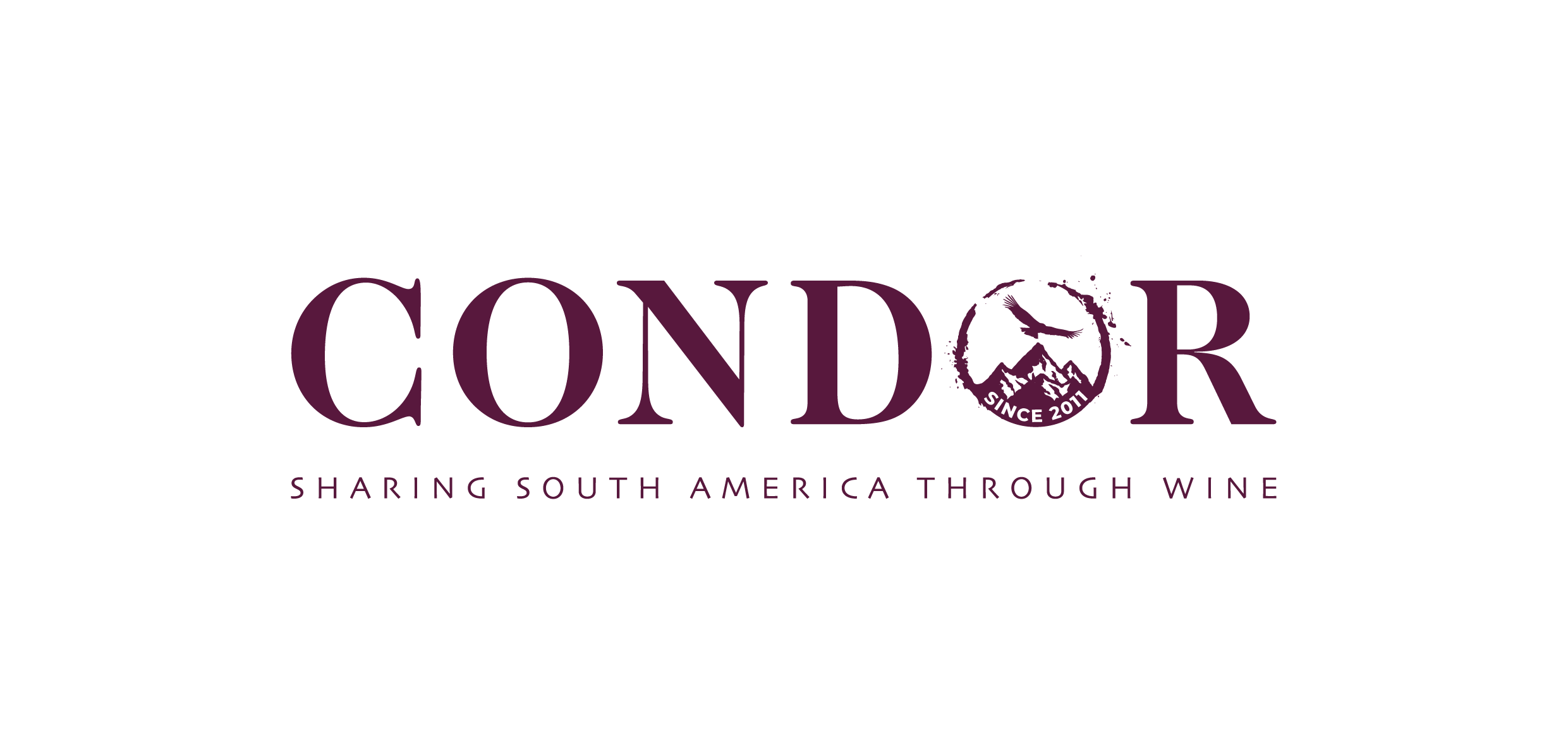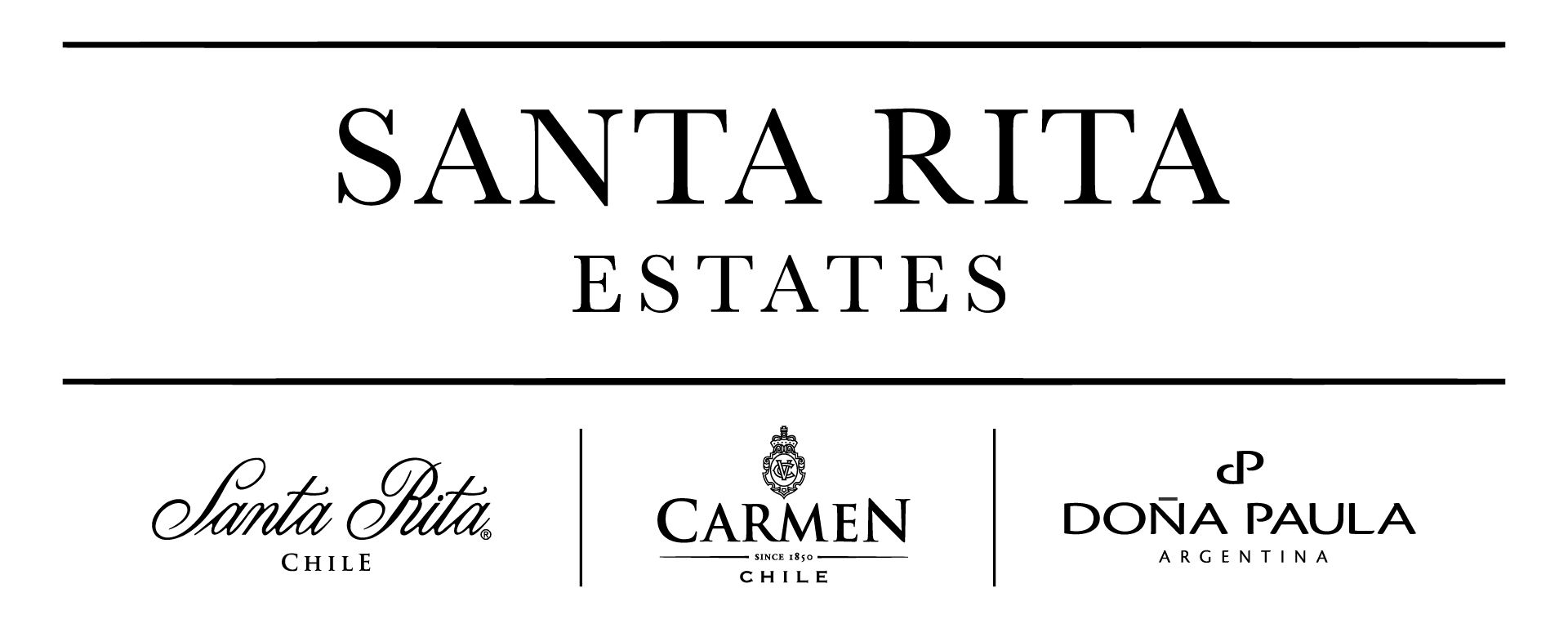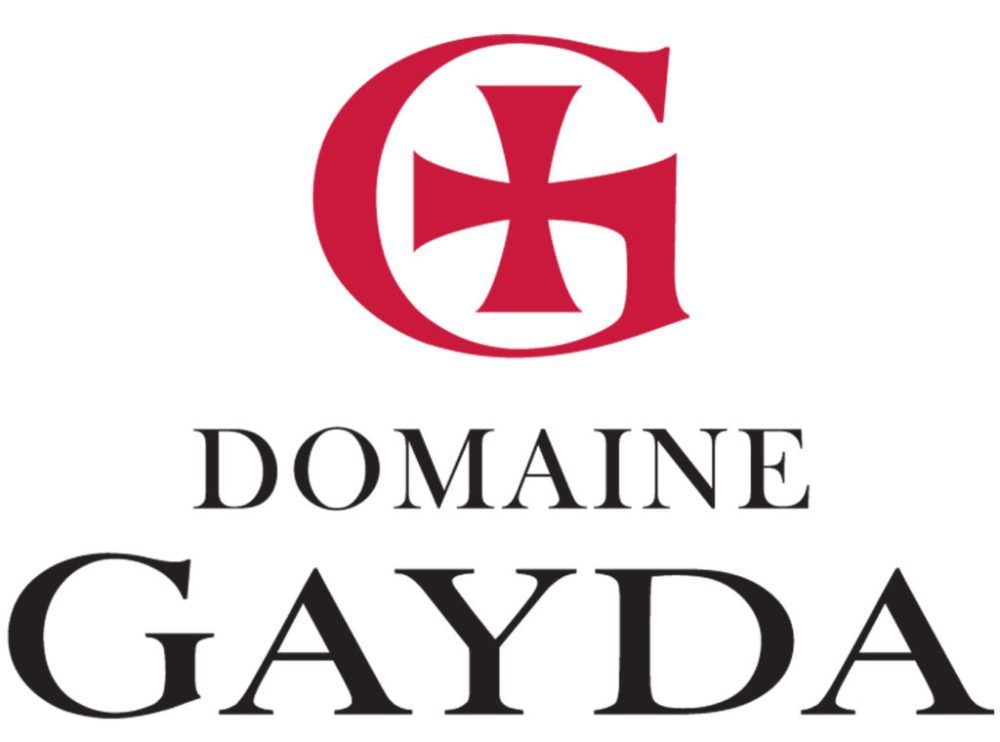What is your assessment of the 31 Days of German Wine campaign and its role in promoting Germany’s diverse wine offerings?
I think it is wonderful that Germany can be framed in terms of its excellent wine. Many consumers are still unfamiliar with the quality and diversity to be found in German wine – especially those made from grapes other than Riesling -so it is a great campaign to offer people something that they may not expect. It is an opportunity to showcase wines across the spectrum, from funky and natural to ultra-traditional, umlauts and gothic script included and everything in between. What is more, the campaign is supported with window stickers, cheerful bunting, tissue paper and totes to hook punters.
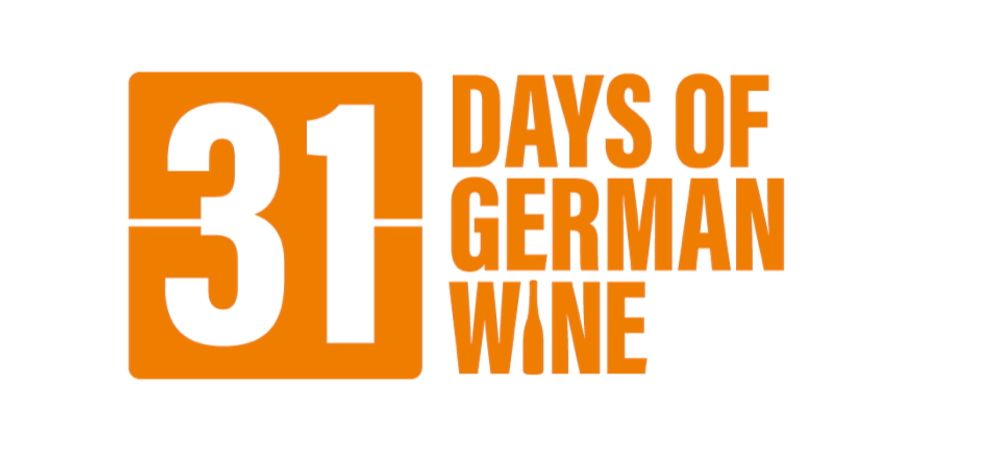
31 Days of German Wine campaign has been expanded to cover the country's wines rather than focus in on Riesling
Pre-campaign online staff training sessions and tasting packs and cash grants for launch event samples, let alone cash prizes for the best campaigns, alongside a concerted social media effort should get those creative juices flowing.
How will the benefits for participants help them to promote German wine and increase sales?
While we know that sales teams have not only been imaginative and creative, having huge fun in the process, they actually reported “an average sales lift of 349%,” according to the Wines of Germany UK team. Let that sink in. The figures speak for themselves.
We all know that the retail landscape is not an easy one, so here is a well-supported campaign that actually encourages creativity and imagination – exactly those things that we all need more of. If you sign up now, you have time to co-ordinate with your teams well before July and have a buildup on social media.
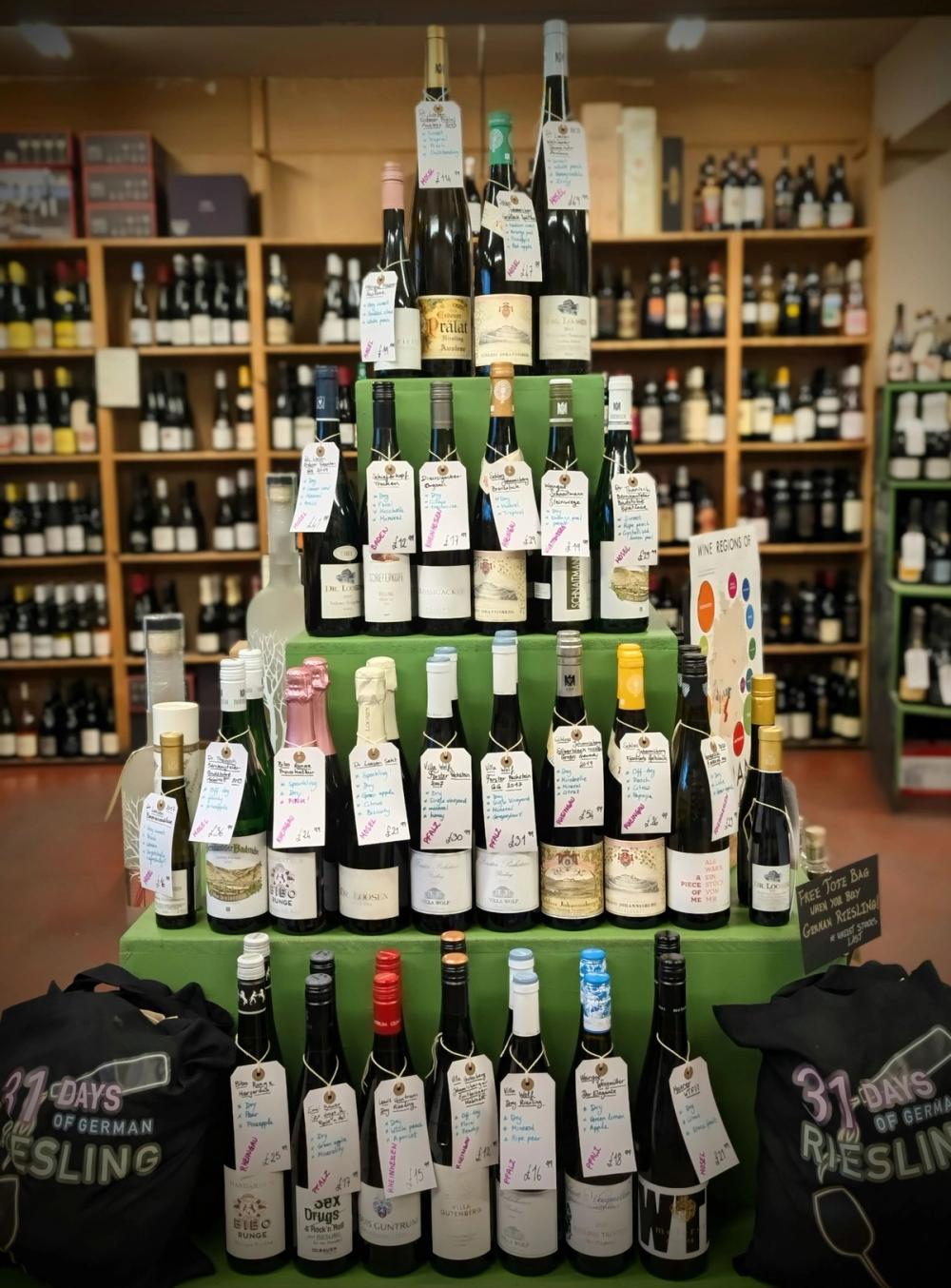
An example of the activity around 31 Days of Riesling campaign from Luvians in Scotland
You know your customers best, you know what they are looking to spend, you know their consumption patterns in your neighbourhood, so exploit your local knowledge and tailor something that suits your ethos and your patch by stocking wines from at least three German producers and at last one non-Riesling wine – and the commitment is to run the promotion for a minimum of one week in July. The support is there as is the lead-time.
In your experience, how has the perception of German wine evolved among trade and consumers in recent years?
It has come a long way – and like the generational change I described for the winemakers and growers, most of whom now spend several harvests in other regions and countries, there also is a generational change with drinkers. We know that wine is not the easy go-to for younger drinkers but this is an opportunity to say hey, this is refreshing, this is light, this is fun – and does not cost the world.
In my experience of spending many weekends promoting German wines at UK food festivals a few summers ago, I know that people still have preconceptions when it comes to drinking German wines, but it was great fun to smash these and pour a glass to remove all doubt. The trade has caught up immensely and there is a lot more German wine, especially non-Riesling that is available now. That is a joy.
What advice would you give retailers and restaurants looking to build or expand their German wine offering ahead of and during 31 Days of German Wine?
If they can get themselves to Germany at all, that would be the best advice I could give. Nothing enthuses anyone more about a wine country or region than a visit to the vineyards and tastings in situ. Visiting the producers, walking the vineyard sites with them, standing at the top of a precipitously sleep slope, emerging from a cool forest into a sun-flooded vineyard and then descending into a cool, ancient, vaulted cellar is the best thing you can do to understand the wine itself.
Seeing how different the regions are – from Mosel, Pfalz, and Baden, to Rheingau, Rheinhessen and beyond – is key to embracing the wine styles.
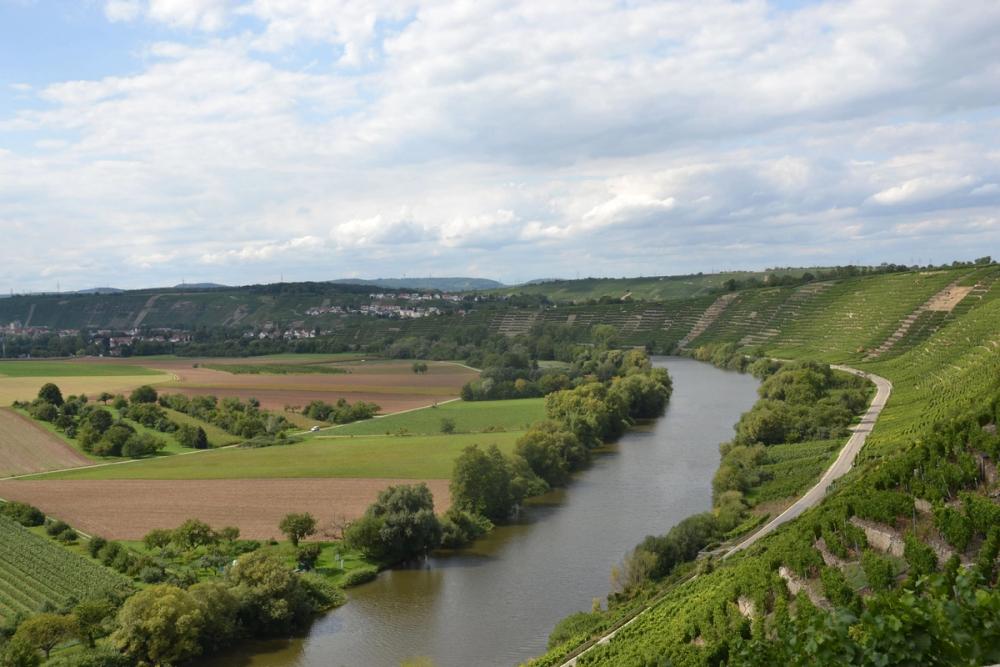
There is nothing like visiting Germany to fully appreciate and understand its different wine styles says Anne Krebiehl MW
Looking across the mighty Rhine from the Red Slope and comparing its savoury Rieslings from those on the cool limestone of the Wonnegau is the key to getting Rheinhessen. Comparing smoky Spätburgunder from the vertiginous slate sites of the Ahr vis-à-vis fine-boned examples from Baden grown on limestone or volcanic rock, makes you realise why the German winemakers never stop going on and on about their soils.
Coming back to London (or any other part of the UK) and then road-testing the wines with the fabulous diversity of cuisines we have here should be the greatest joy in the world. If a trip is not on the cards, then hang out and taste with the winemakers when they are over here. Ask them how much skill and effort it takes to make their wines, and how much love they put into it.
Once you start loving these wines yourself, you can share that enthusiasm. I also know that all this is easier said than done – and that every wine-producing region deservedly clamours for attention. But German wines are something that many have not tried – so remove any doubt by simply pouring something delicious.
Most of all, make sure to avail yourself of the three-dimensional support that is on offer: training including tasting packs, point-of sale materials and social media support. Get organised now to have fun in July.
What are your overall thoughts on the current state of German wines and the styles emerging from the country?
That is simple: the wines have never been so good, so clear-cut or so varied – and they are exactly what you want to drink with today’s lighter cuisines. And while Riesling is still king and made in its superbly widespectrum of styles, there are countless easy-drinking wines that are just the ticket for summer – ideal for the 31 Days of German Wine campaign which runs throughout July.
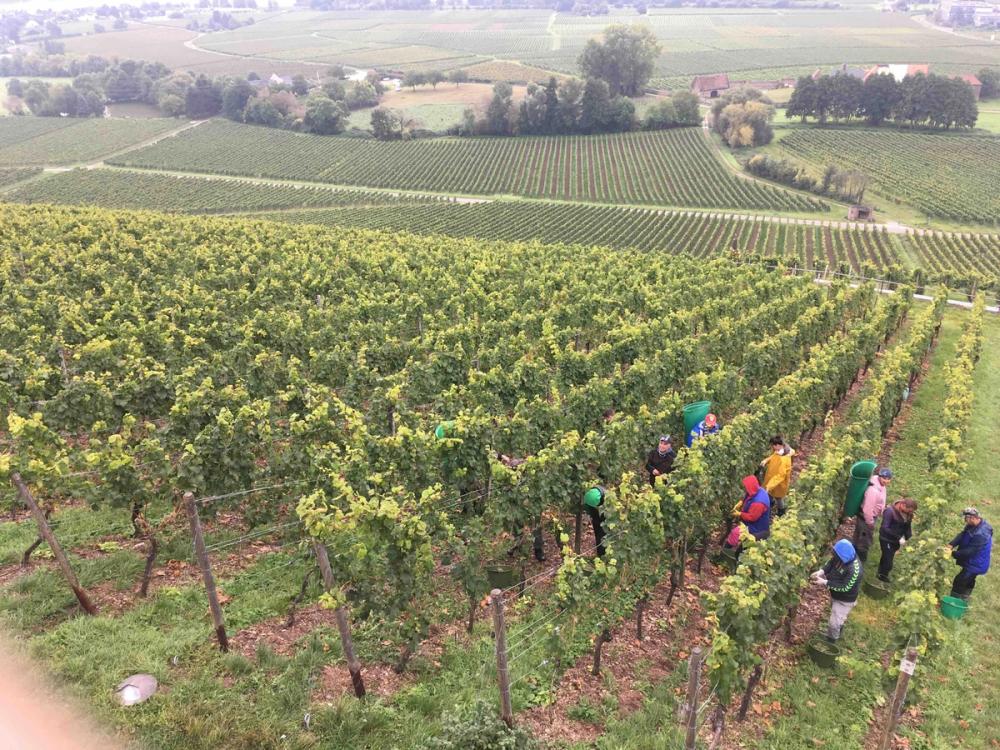
Developments in the vineyards mean there are now a lot of fresh styles of German wine, says Krebiehl
With naturally cool climates, Germany has plenty of light, fruity wines which are moderate in alcohol. Pinot Blanc aka Weißburgunder, Pinot Gris aka Grauburgunder and Pinot Noir aka Spätburgunder can really deliver in that light, bright, bone-dry and approachable style. But many of these varieties can also produce incredibly complex, age-worthy wines with ample food-pairing potential.
What is making some waves is German Chardonnay – so much so that even the New York Times dedicated headlines to it – but that is at the higher end of the market where it shares the limelight with fine Pinot Noirs and Rieslings. It might nonetheless work with a surprise effect. People do not shy away from Chardonnay – but have they ever had a German one? Go on, surprise them. I think that you can leave this bit in.
What I am trying to say is that Germany can cater to the top where its fine wines remain underpriced, as well as to the gastronomic happy middle with wines that are immensely approachable in both style and price.
Are there any key trends in German viticulture and winemaking that you find particularly exciting or innovative?
The key trend is the understanding that less is more: less agrochemical inputs in the vineyards and more understanding of how to adapt to a changing climate – with straw on exposed vineyard slopes to retain moisture and coolness in soil in warm, dry years and far more canopy management in wet years.
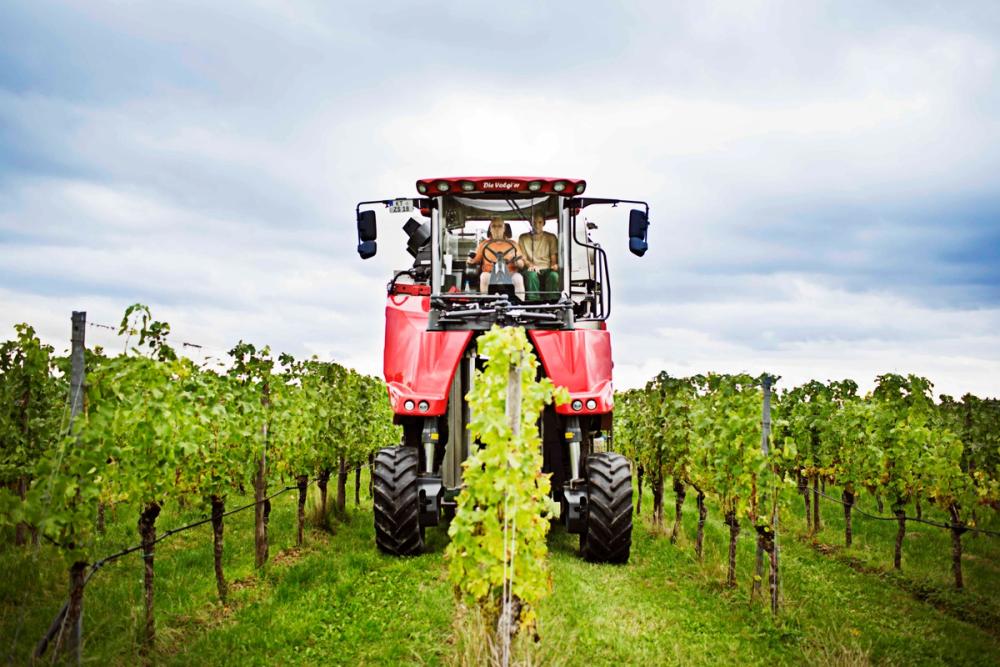
Work in the vineyards to combat climate change is now being seeen in the wines being made says Anne Krebiehl MW
At long last, new rootstocks that are more drought-resistant also appear while planting decisions often rely on denser planting of massal selections propagated from a diverse pool of historic vineyards that date back to pre-clonal days. Many mid- and late 20th-century clones were selected for high yield, earlier ripening and sugar accumulation, so the move is away from these with vineyard longevity and biodiversity in mind.
Reduced crop-load per vine in dense plantings prolongs vine life and makes a vineyard more sustainable, so you do not have to grub up 20 or 25 years after maximum crop loads and thus create, albeit very slowly, deep-rooted mature vineyards that are more resilient to water stress. Producing authentic styles that have a sense of place has always been a speciality for Germany, and will continue to be key not just for success but for survival.
Likewise, in the cellar, there also is less input – especially less oak. Skin-contact whites, amphorae and stone vessels are now par for the course, in Germany and across the globe. German wines shine with a certain lightness and brightness that is so contemporary, alongside a clean-cut style that pairs so well with food.
How have climate changes impacted German wine production, and how are producers adapting?

Managing the vines and working with cover crops are key parts of German viticulture, says Krebiehl MW
When we take a step back and look at the bigger picture, climate change over the past 30 years has really shaped the modern winemaking landscape of Germany. In the 1970s and 80s, Germany was still very cool and there were vintages where grapes actually struggled to ripen, where acidities were not balanced. This slowly started changing in the 1990s and the past 15 years have shown that Germany can ripen grapes in pretty much every vintage – including red grapes.
This period of climate change went hand in hand with a radical shift from quantity to quality, with a re-imagining of what Germany actually stands for in wine, with a wonderful renaissance of the awareness of the regional differences across Germany’s 13 growing regions which span four degrees of latitude. And then there is generational change – while climate and generational change are not necessarily unique to Germany, there has been a real shift to quality and a re-defining of identity – all helped by the fact that grapes can ripen fully every year. However, climate change has not meant a steady warming, it has meant, like everywhere else, more extreme weather events.
In April 2024, some German regions like the Saar were almost wiped out by spring frosts. Then, just a few weeks later in May, there was flooding in the Mosel. That said, with enlightened farming, Germany is still well-placed to produce vivid, bright wines that have natural balance and moderate alcohols. Germany is also on track for that shift in the global trend away from heavy reds towards lighter reds and fine whites.
Which German wine styles or regions do you think are currently underrated and deserve more attention?
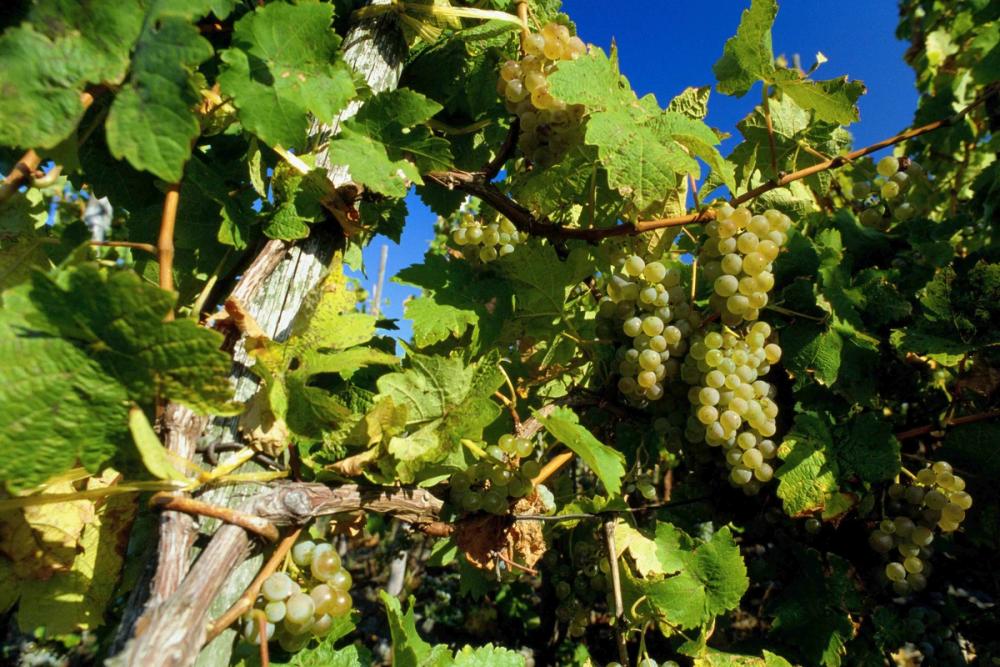
Riesling remains the mainstay of German winemaking
By now, everyone in the trade knows about Riesling and Pinot Noir – and with several fine Rieslings now represented at the Place de Bordeaux, a global shift of interest is under way.
But there are three things that are not really well-known: Silvaner, Trollinger and Sekt.
Silvaner is a white grape variety that is beautifully translucent and such a great pairing with vegetable-based dishes – or in today’s parlance “plant-based.” Silvaner, at home in Franken but also widely planted in Rheinhessen, is somewhat of a sleeper. It is not as dazzling as Riesling, it is quieter, but that is exactly what I love about it. I once paired a mature Silvaner on a hot day with a cold cucumber soup and to this day it remains a mind-blowing pairing.
Trollinger is a very localised speciality from the region of Württemberg in south-west Germany. It makes light reds that almost shimmer like dark rosé wines. They are light and fruity and do so well in summer when chilled. They are the perfect picnic wines and are also great for BTG service.
Lightness and ease can be celebrated, too, not just complexity. And how could I, lover of all things with fizz, not mention Sekt. I mean artisanal, bottle-fermented Sekt. Great strides have been made and the good Sekts are not cheap, but they do offer value for money – so why not give it a try? Nothing else lifts the mood as much as a glass of fizz while the term Sekt lends itself to quite a bit of humour – but we live in dark times where a little smile certainly does not go amiss.
31 Days of German Wine Campaign
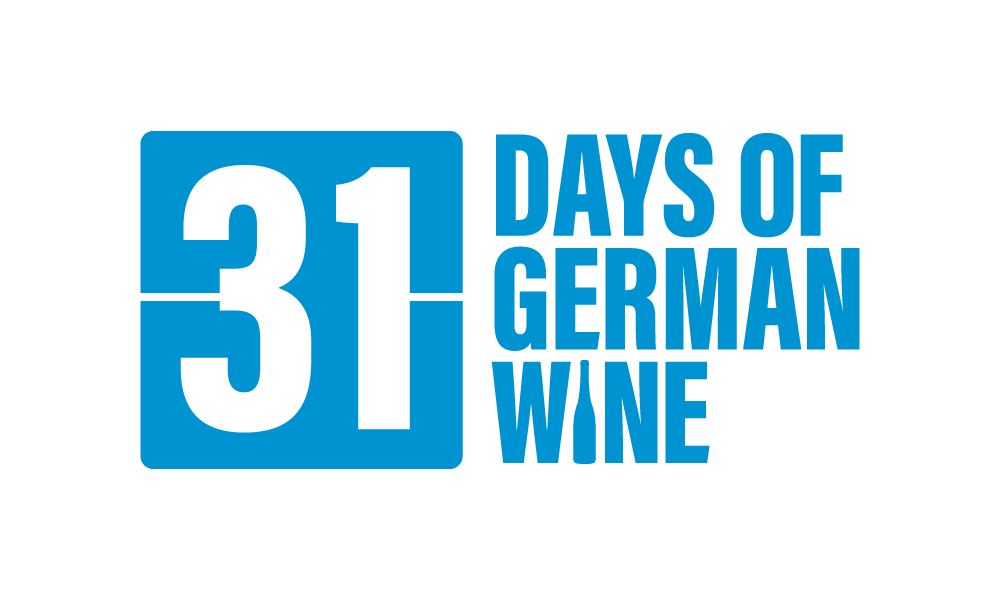
Throughout July, Wines of Germany UK is calling on independent wine merchants, bars and restaurants across the country to get behind its new 31 Days of German Wine campaign in the same way they have promoted German Riesling for the last 13 years. It is now felt the Riesling campaign has helped to firmly establish the variety on UK shelves and wine menus, and there is now an opportunity to do the same – but for all German wines.
Independent wine merchants, wine bars and restaurants can now sign-up to take part and take advantage of exclusive benefits for doing so. For example, participants can receive avirtual staff training session with one of Wines of Germany’s wine educators, as well as £75 in cash support for launch parties, and new point-of-sale packs. There are also digital assets for venues to use and social media support from Wines of Germany.
What to do:
- Stock German wines from a minimum of three producers , including one non-Riesling variety.
- Carry out the promotion for at least one week during July and be as creative as possible.
What you get
- £1,000 will be awarded towards new German listings for the winning campaign, and £500 towards new German listings for the runner up.
- Click here to register.


